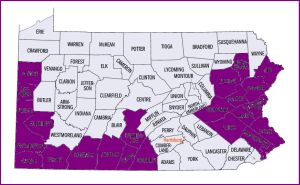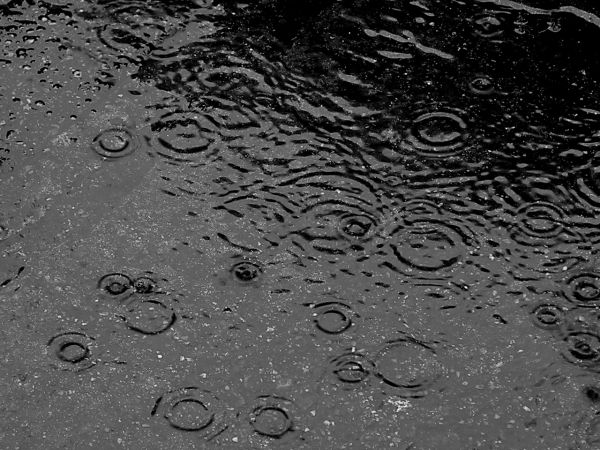
It rained again last night. And yesterday. And last week.
This year’s rainfall is already 4.38″ above normal; 67% more than we usually get. All the excess rain fell since February 1.
This has caused flooding, though nothing extraordinary for Pittsburgh in the spring, and a less publicized problem called combined sewer overflow.
Prior to the 1940’s the older towns in Allegheny County built their sewage collection systems to do two things at once: carry rainwater off the streets (storm sewers) and collect sewage (sanitary sewers). It was cheap to build combined sewers because they only require one pipe. There was no law against building new systems this way until the 1940’s when we could no longer tolerate the problem it caused.
The problem is that when it rains too much the sewage treatment plants cannot handle the inflow of rain+sewage so the excess goes directly into the river. As little as 1/4-inch of rain can cause a combined sewer overflow in Allegheny County.
Fixing this problem will cost billions of dollars, but fix it we must. Allegheny County is under a consent decree that requires us to finalize a plan by 2012 and fix the problem by 2026. (It’s about time we did! Click here for a very interesting history of river use and water treatment in the Pittsburgh area.)
Meanwhile there’s something each of us in Allegheny County can do to prevent rainwater from overflowing the sewers. Last year the county changed the plumbing laws so that we’re allowed to unhook our downspouts from the sewer system and install rain barrels or rain gardens to prevent the rain from going down the drain.
You can learn how to do this at a seminar at noon next Wednesday, March 23, at Schenley Park Visitors’ Center called Keep the Rain Out of the Drain. Click here to for more information and to let them know you’d like to attend.
Every little bit helps.
(photo from Wikimedia Commons. Click on the photo to see the original.)

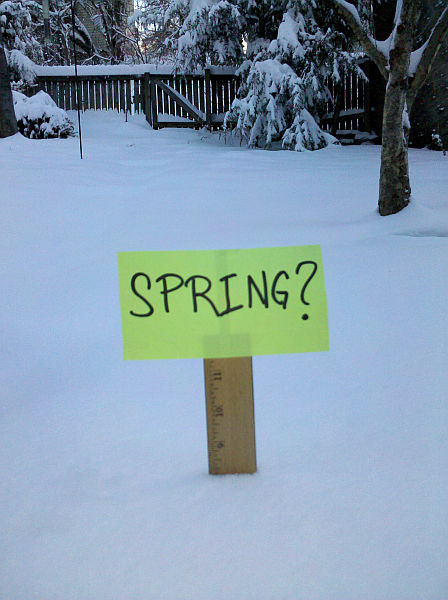


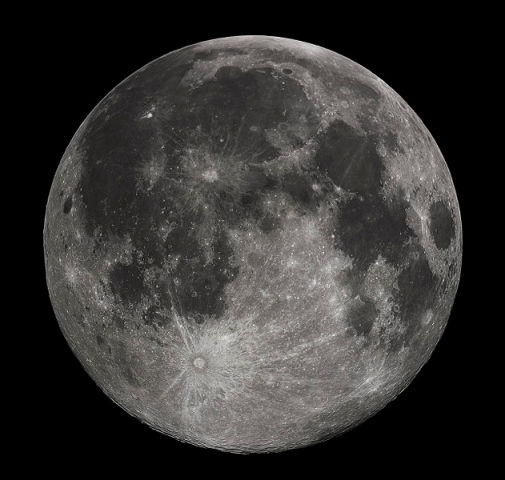

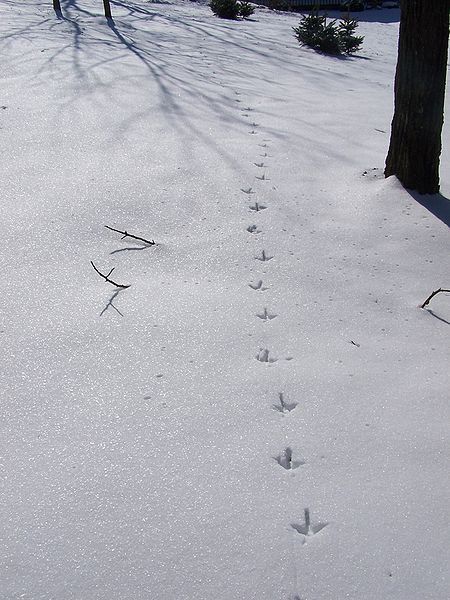
 Thank you, everyone, for your comments, emails and phone calls about yesterday’s quiz.
Thank you, everyone, for your comments, emails and phone calls about yesterday’s quiz.

